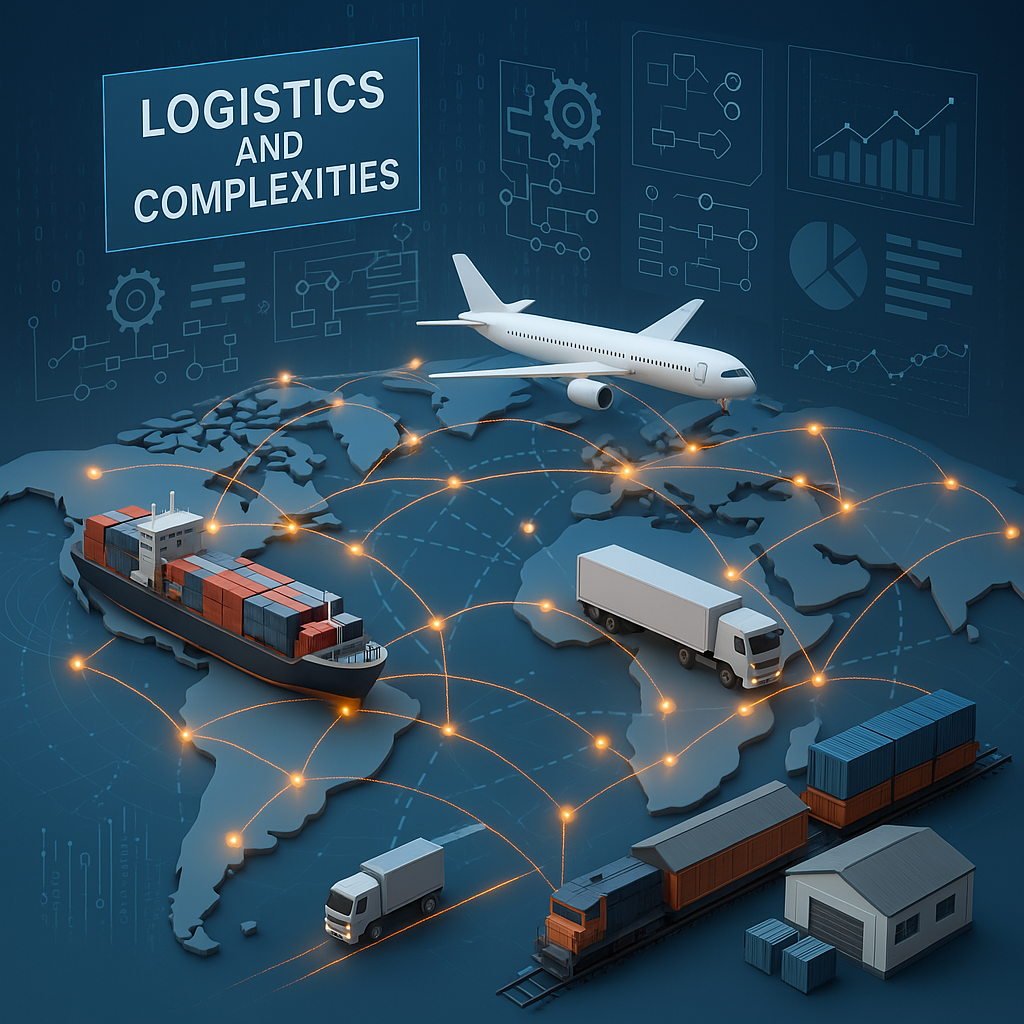Logistics is complex because it involves coordinating several interdependent processes in a dynamic, often unexpected environment.
Why is there a breakdown here?
1. ** Multi-model coordination **: Logistics spreads various transport mode-air, rail, truck-counter-to-two with unique schedule, costs and capabilities. Originally, sinking them (eg, transferring goods from the ship to a truck) requires accurate time and communication.
2. ** Global supply chain dependencies **: Goods often cross borders, including suppliers, warehouses, and distributors worldwide. A disintegration in a region, such as a port strike or geopolitical stress, can prevent the delay or an entire series.
3. ** Rift in demand and capacity **: Customer demand varies unexpectedly due to trends, seasons, or events. Meanwhile, transport and warehouse capacity are fined. Delays, stockouts, or ruined resources lead to a mismatch.
4. ** Final-Meal Challenges **: Distributing to the end customer is often the most complex and expensive part. Urban crowds, delivery windows, and returns (reverse logistics) add layers of disability.
5. ** Regulatory Obstacles **: International logistics customs, tariffs and business rules are faced, which differ by the country. Compliance errors cause delays, fines or seized shipments. Even domestic logistics belong to local laws, such as weight range or emission standards.
6. ** Risk and Interruption **: Natural disasters, labour disputes, or cyber-attacks (eg, targeting port systems) can cripple the logistics network. For example, the 2021 Suez Canal interruption disrupted global trade for weeks.
7. **Cost Trade-Offs**: Optimizing for speed (air freight) spikes costs, while cheaper options (sea freight) take longer. Balancing cost, speed, and reliability is a continuous challenge, especially with fuel prices’ ups and downs.
8. ** Technology and Data Complexity **: Modern logistics depends on systems such as GPS tracking, warehouse management software and AI forecasts. Integrating them in stakeholders is expensive and error-confident. Small players often lack access, rely on fragmented manual processes.
9. ** Demand for stability **: Pressure for forces the pressure logistics to adopt greenery practices to reduce carbon footprints – such as electric vehicles or customized passages – which may increase costs or require infrastructure which is not yet widely available.
10. ** Human elements **: Logistics depends on people – drivers, warehouse workers, planners – who face labour shortage, skill intervals, or attack. Human error or misunderstanding can derail operations.
In short, logistics is a high-hand balance function of time, cost, reliability and compliance in a volatile global system. Every decision waves, and disruption are inevitable, which makes simplicity elusive

